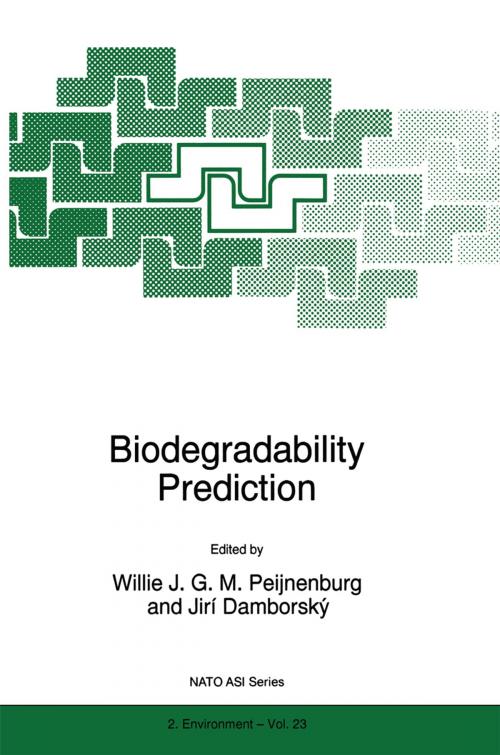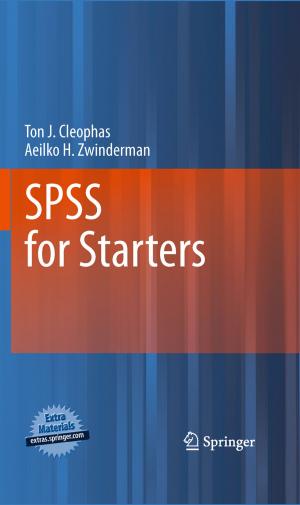Biodegradability Prediction
Nonfiction, Science & Nature, Science, Chemistry, Physical & Theoretical, General Chemistry| Author: | ISBN: | 9789401156868 | |
| Publisher: | Springer Netherlands | Publication: | December 6, 2012 |
| Imprint: | Springer | Language: | English |
| Author: | |
| ISBN: | 9789401156868 |
| Publisher: | Springer Netherlands |
| Publication: | December 6, 2012 |
| Imprint: | Springer |
| Language: | English |
Biodegradation is the dominant pathway for the environmental transformation of most chemicals and information on a chemical's biodegradability is essential for proper risk assessment. But there are few methods for predicting whether or not a chemical is biodegradable, since this depends on the chemical's structure as well as on the environmental conditions that it encounters.
The present book deals with quantitative structure-biodegradability relationship models (QSBRs), emphasizing the biological and ecological part of the biodegradation process. Surveys are given of the microbial aspects of biodegradation and the methods available for testing biodegradability. New trends and methods in biodegradation modelling are reviewed, including contributions on computerized biodegradability prediction systems. Some of the newly developed models for assessing risk and ecological impact in aquatic and terrestrial environments have been validated, and this process is discussed.
Audience: Scientists active in microbiology, the environmental sciences, biotechnology and bioremediation. Policy makers will find the book indispensable in assessing the present state of the art on the biodegradability of substances.
Biodegradation is the dominant pathway for the environmental transformation of most chemicals and information on a chemical's biodegradability is essential for proper risk assessment. But there are few methods for predicting whether or not a chemical is biodegradable, since this depends on the chemical's structure as well as on the environmental conditions that it encounters.
The present book deals with quantitative structure-biodegradability relationship models (QSBRs), emphasizing the biological and ecological part of the biodegradation process. Surveys are given of the microbial aspects of biodegradation and the methods available for testing biodegradability. New trends and methods in biodegradation modelling are reviewed, including contributions on computerized biodegradability prediction systems. Some of the newly developed models for assessing risk and ecological impact in aquatic and terrestrial environments have been validated, and this process is discussed.
Audience: Scientists active in microbiology, the environmental sciences, biotechnology and bioremediation. Policy makers will find the book indispensable in assessing the present state of the art on the biodegradability of substances.















